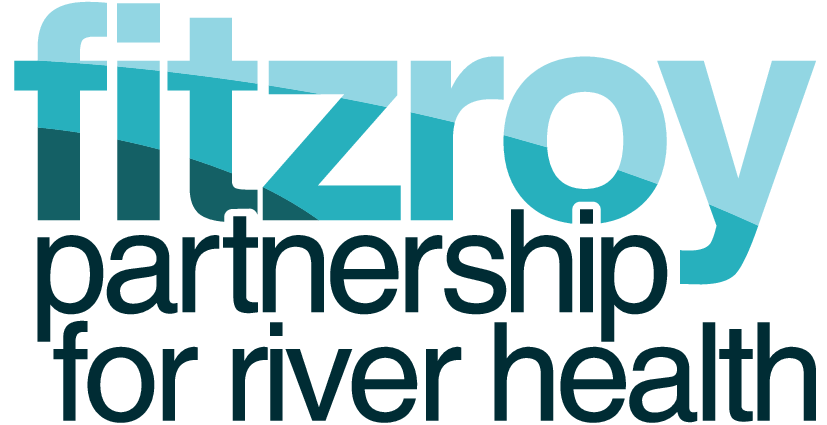Fish Barriers
- Rainfall
- Ground Cover
- Groundwater
- Eco Calculation
- Fish
- Fish Barriers
- Floods
- Land Use
- Marine Condition
- Pesticides
- Reef Check
Fish Barriers
Fish Barriers
The free movement of fish through river systems is of great importance in the Fitzroy catchment. There are 49 fish species that are found in freshwater streams of the Fitzroy River.
Almost half (23) of the species found in the Basins streams are diadromous (such as the iconic barramundi), requiring free access to estuarine or marine waters to successfully complete their life cycles. The remaining species complete their entire life cycle in freshwater, with a large proportion of these (23 species) undertaking significant migrations (such as the Fitzroy golden perch). Fish migration between marine and freshwater habitats, and within freshwater habitats, is therefore a vital aspect of the life cycle of freshwater fishes of the Fitzroy Basin.
Barriers affect fish community condition by preventing movement of fish species that require free passage along river systems to fulfill a number of key life stage requirements. This movement is essential for:
- Maintaining populations of diadromous species, which require free passage between freshwater and marine habitats for reproduction purposes i.e. barramundi, sea mullet and mangrove jack.
- Maintaining genetic diversity by preventing fragmentation of fish populations, which can leave rare and threatened fish species susceptible to disease and extinction.
- The migration of adults to access habitats for feeding and reproduction purposes.
- The migration of juvenile fish species to reach up stream nursery habitats.
Barriers preventing fish passage contribute to the loss of species diversity within fish communities, severely impacting the health of the Regions aquatic ecosystems and is one of the main impacts that humans have had on the Fitzroy Basin's fish communities.
In 2008, FBA funded a project to identify barriers to fish passage. The project conducted a desktop study and tested some of the findings to identify all potential barriers to fish passage in the Basin and prioritise these barriers for remediation. Barriers to fish passage included any structure that impeded the movement of fish, such as culverts, pipes, road crossings, weirs and dams. A map identifying barriers and locations of hot spots within the Fitzroy catchment can be viewed above. Over 10,000 barriers were identified and the map displays where most barriers are found. In 2019, the Fitzroy Basin Fish Barrier Prioritisation Project (FBPP) was updated following the two previous barrier prioritisation projects undertaken in 2008 and 2015. Refer to this page here (https://ausfishpassage.com/wp-content/uploads/2021/07/2019-fba-barrier-priority-update.pdf) for more detail of the 43 priority fish barriers identified for remediation.

